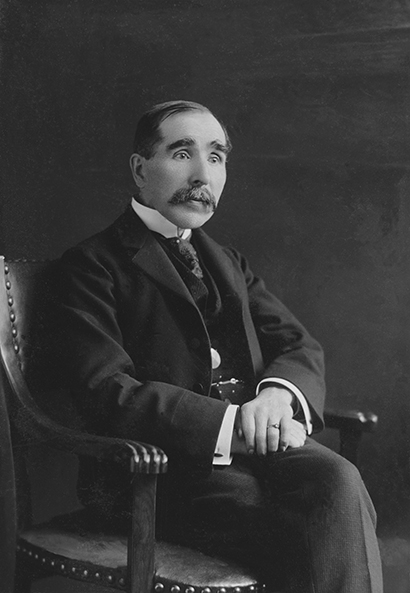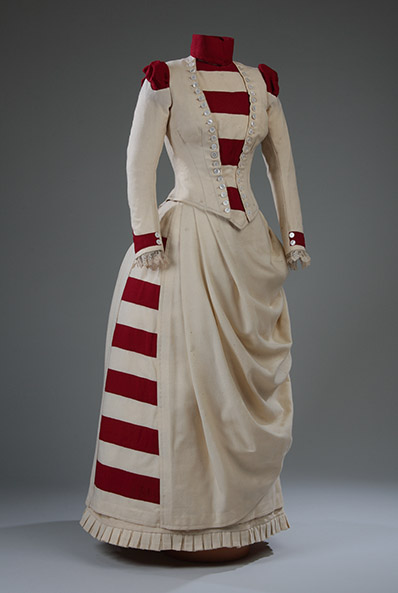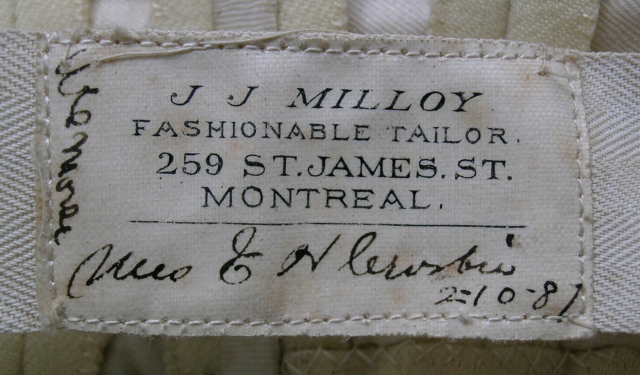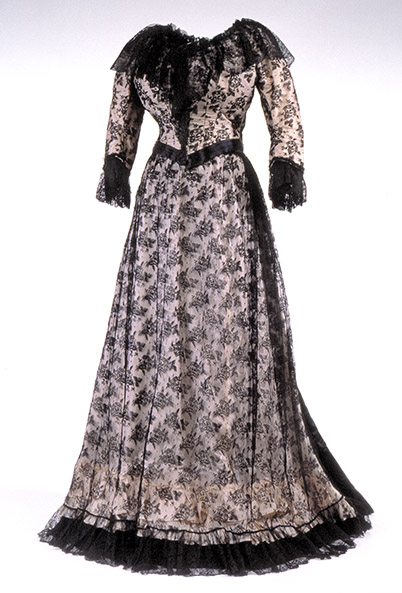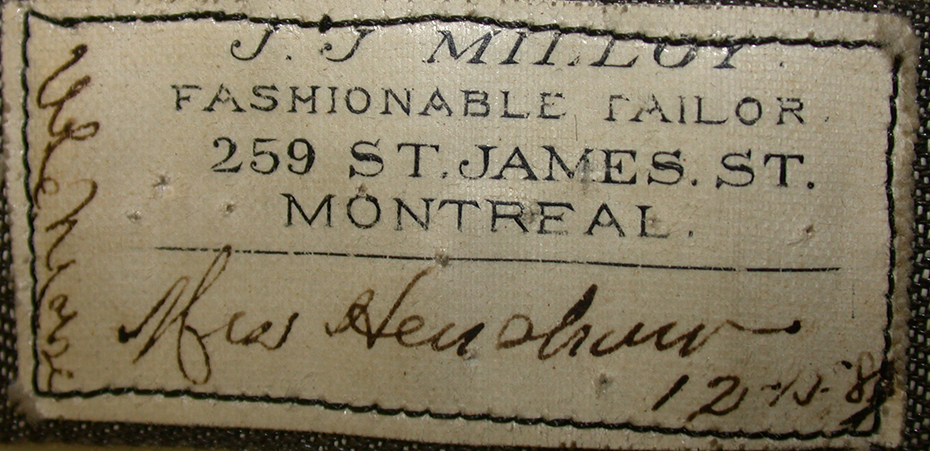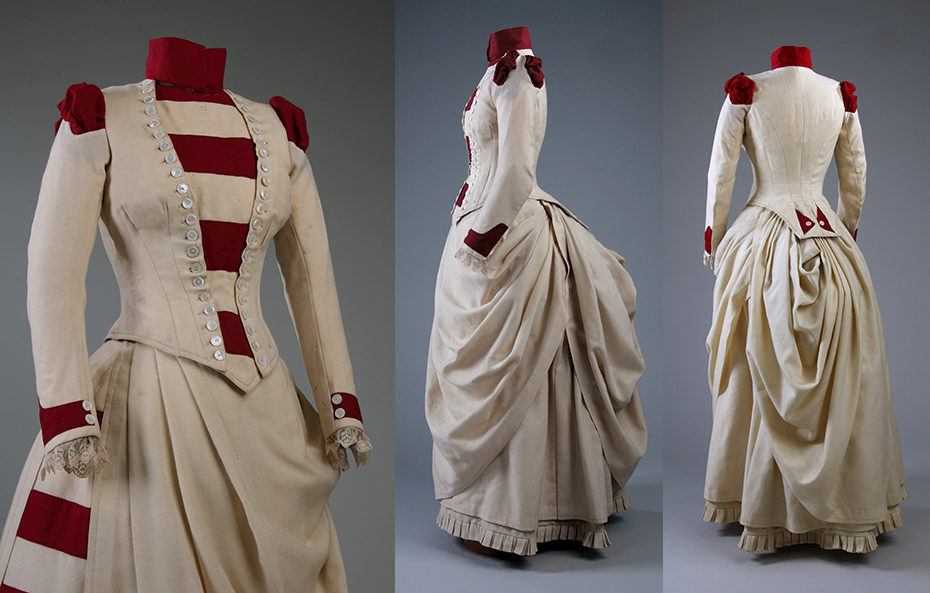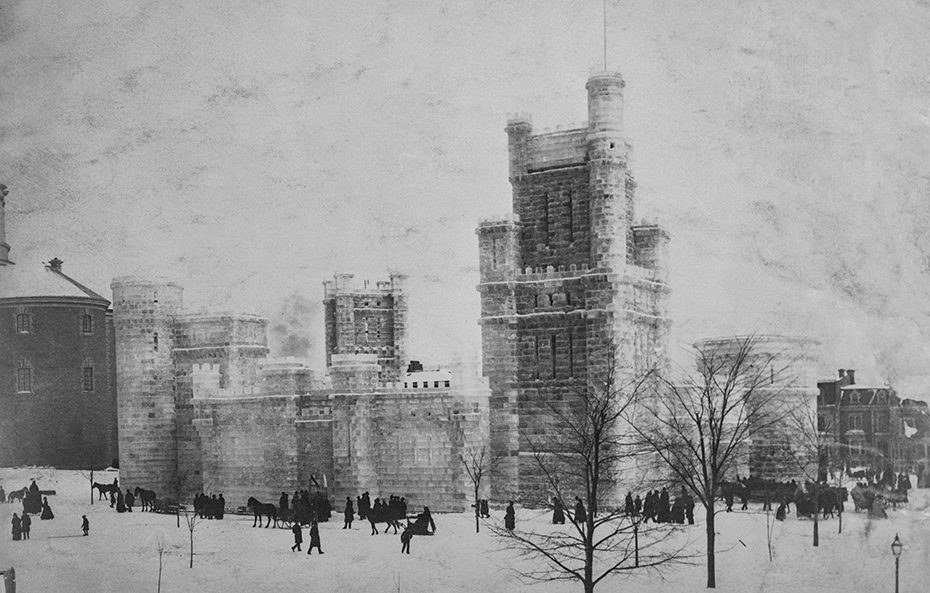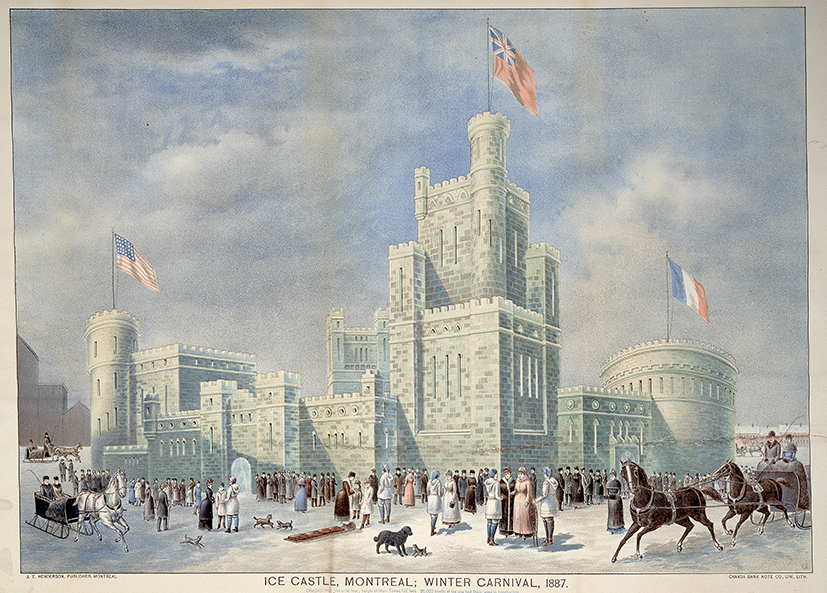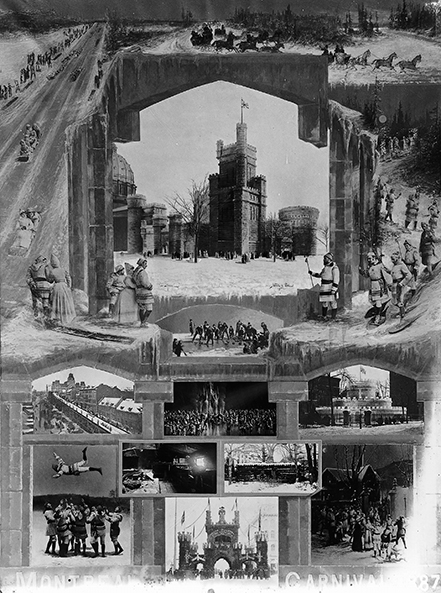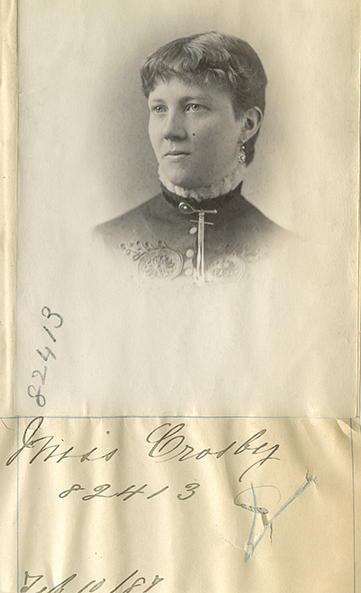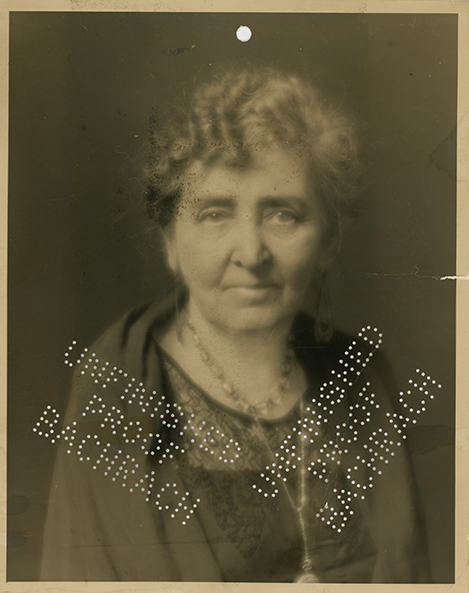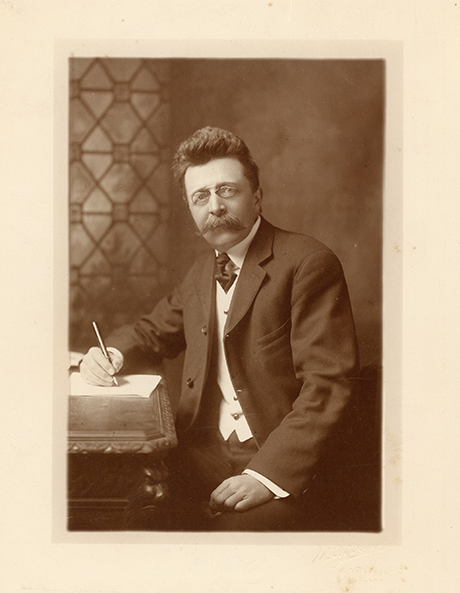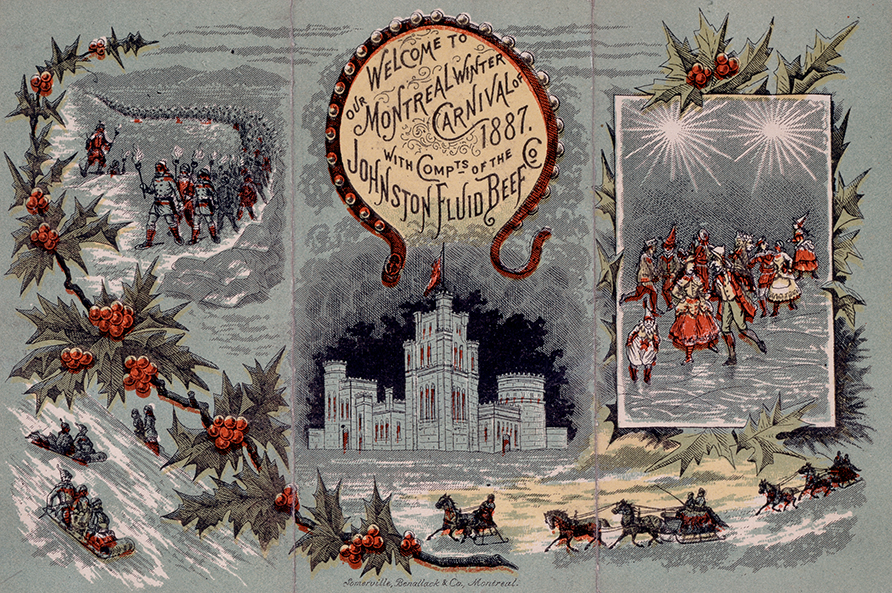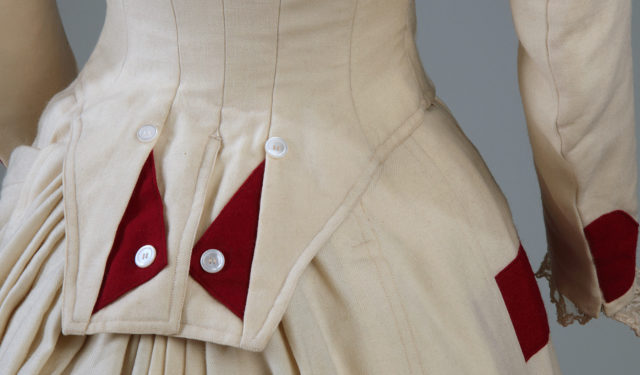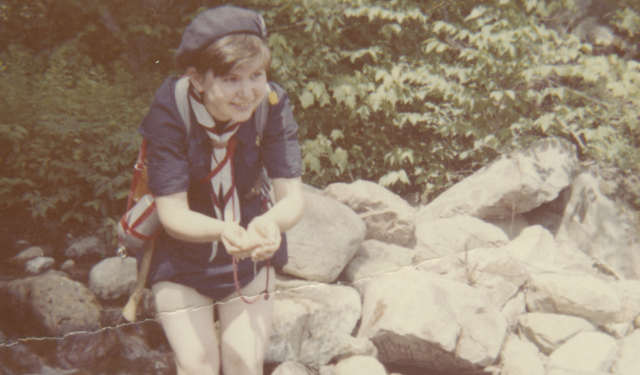Who Wore This Dress?
What can a garment label tell us? How far can it take us in unlocking stories about a dress worn over 100 years ago?
February 1, 2023
The Museum’s acquisition of this tailor-made dress was instrumental in bringing “fashionable tailor” John J. Milloy to light as a notable figure in the landscape of 19th-century women’s fashion in Montreal.
The tiny bits of information on the label inside the dress led me to uncover his story. However, another story has emerged from the information on the label as well, that of the woman who purchased the dress.
THE LABELS
Milloy’s labels in the two extant dresses in the Museum’s collection are unusual in that they are typical of labels found in men’s garments, not women’s. They reflect the male tailoring tradition, in which he started out, rather than the dressmaking tradition.
| Discover the first part of the story J. J. Milloy: A Fashionable Montreal Tailor of a Century Ago |
When the maker of women’s dresses is identified on a label, usually just the name and sometimes the location are woven or printed on a silk ribbon belt inside the bodice. With coats and overcoats made by tailors for men, however, there is often a waxed cotton label like these inside the breast pocket with the client’s name and the date.
In Milloy’s case, a clerk put his signature on the side of the label and then wrote the client’s name and date of purchase in ink, giving us precious information not usually found on a label in a woman’s garment. Often we can only formulate a hypothesis about the exact owner of a dress that is over 100 years old and the date ascribed is based on its style and construction.
AN AMERICAN CLIENT
We had some scant information about the client for the wool tailor-made dress from its source: she was American and had purchased the dress on a trip to Canada. I spent a lot of time comparing the handwriting on the label with other examples of 19th-century cursive, which helped me reach the conclusion that the client’s name was Mrs. E.H. Crosbie.
Taking a lesson from our long experience of looking at client names in our Notman Photographic Archives, I remained open to the possibility that the spelling of her last name might not be consistent with what I might find in other sources.
I soon had to concede that Mrs. E.H. Crosbie or Crosby was going to be hard to find. For a while, the most likely suspect was a New York socialite, Fanny Kendall Schieffelin, who married Ernest Howard Crosby in 1881. That hypothesis fell apart, however, when I found the obituary of her son, who was born in New York on February 14, 1887. As such, she was very unlikely to have been in Montreal just four days earlier and, if she were, she would be in no position to have a custom fitting for a dress with a slender waistline!
I needed to take a different tack to finding another Mrs. E.H. Crosby. Why would an American have been in Montreal specifically on Thursday, February 10, 1887? It turns out that the city was in the midst of its Winter Carnival, a week-long event created to promote Montreal as a winter resort, draw tourists from the Northeastern US and, most importantly, serve as a stimulus to the local economy.
THE 1887 WINTER CARNIVAL
The 1887 carnival was the fourth of its five iterations in that decade. Thanks to an intense advertising campaign, Americans came in droves to try out the city’s huge free toboggan slides, watch snowshoe races, attend skating carnivals, and view a mock battle for the Ice Palace.
Amongst those visiting the city was a young journalist from the Boston Post, Edward Harold Crosby, who registered with the Carnival press office on February 8, 1887.
In 1883, Crosby had married Medora Robbins (about 1860-1946). In 1887, she was in her twenties, without children, so conceivably with a figure that could suit this dress. While her journalist husband reported on the Carnival, how might Medora have spent her time? On the day she picked up the dress, one Mrs. Crosby also picked up a portrait taken by Notman, the city’s renowned photographer.
While we cannot be absolutely certain she is the same Mrs. Crosby as in the much later portrait confirmed as Medora, the possibility that she spent a couple of afternoons shopping in the city points out how consumption figured in the Montreal winter carnival experience and how merchants turned the event into an opportunity.
GOOD FOR BUSINESS
Souvenir programs are full of advertising for all kinds of wares sold by the city’s merchants. These included clothing, like tobogganing costumes and blanket coats.
Although I have not found any ads for Milloy in carnival programs, his other advertising directed at tourists always indicated that he could supply garments on short notice. As well, a series of reports published in the press in 1886 make it clear that the event played no small role in his cross-border reputation.
According to one article, “American visitors to the carnival here and summer tourists from the States have of late years patronized Montreal’s fashionable tailors, many of whom get their goods from well-known London houses. J.J. Milloy is one of these tailors, who has done a large business in this way, and has numerous customers in New York City and Brooklyn.”1 In fact, this quote introduced an article detailing how Milloy had just been arrested for smuggling, was one of many published on this case across North America!
The small bits of information on Milloy’s label do far more than simply identify its purchaser. They associate this dress with a very specific event that was key to creating an identity for Montreal as a winter destination, and fulfilling a tourist’s desire to take home something of the best that the city had to offer.
NOTES
1. The Tribune (Scranton PA) Jan 1, 1886.

